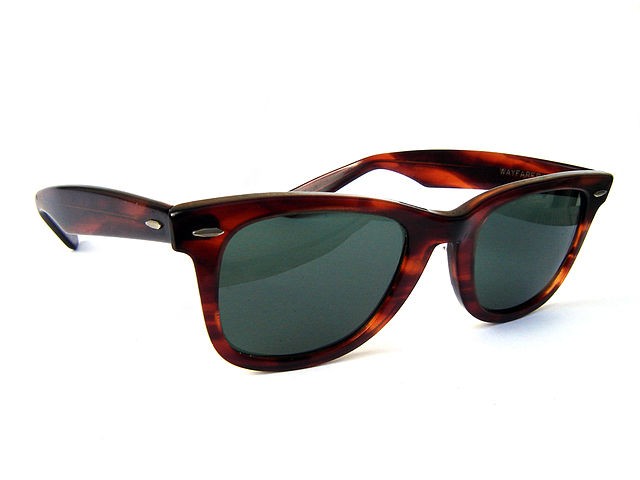How to Build a LowCost LongTerm Portfolio
Post on: 20 Апрель, 2015 No Comment

Building a solid investment portfolio that can stand the test of time is like any other kind of smart construction: You can always customize the structure to suit your personal needs, but it is wise to begin with the best building methods and materials for the foundation and frame. To do this, you can use a simple and timeless portfolio model built with the best low-cost ETFs.
Core and satellite: The building method
One outstanding method of portfolio allocation is called core and satellite. You start with the core holding, which represents the largest allocation percentage for the portfolio, and then build around that core with the satellites. These are the portfolio holdings that will represent smaller proportional allocations.
With the core holding, you are essentially investing in the market through a large-cap stock index fund that provides exposure to a broad variety of industries and sectors. The satellites will represent different fund categories and will typically not have a high correlation to the core, meaning that the underlying holdings of each satellite fund are unique relative to the other funds in the portfolio. This way, each fund adds diversity, and therefore strength, to the portfolio as a whole.
Diverse categories for satellites can include foreign stocks, small-cap stocks, and a few sectors that do not have a high correlation to the S&P 500, such as health care, energy, and real estate. For bonds, a total bond index will work well, and the cash portion can be a money market fund.
The best ETFs: Your building materials

Index mutual funds or exchange-traded funds are ideal choices to build a core and satellite portfolio because they are low-cost, passively managed investments that enable the investor to diversify properly without concern for style drift or overlapping holdings.
For example, when you buy an S&P 500 ETF, you are getting 100% large-cap domestic stock holdings, whereas an actively managed large-cap stock fund may hold 10% to 20% of foreign stocks. This depends on the discretion of the fund manager; sometimes this type of fund may even drift into mid-cap stocks. You want to be confident you are getting the fund that you need, and passively managed index funds work best in this regard.
For a model portfolio, I chose to use all Vanguard ETFs because of their consistently low expense ratios and low tracking error — in other words, their fees are low and they offer reliable representations of the indexes they track.














